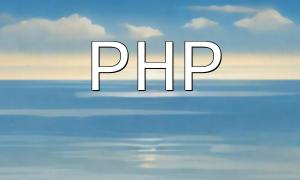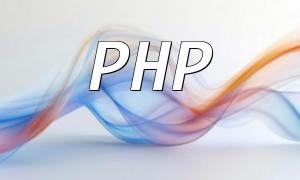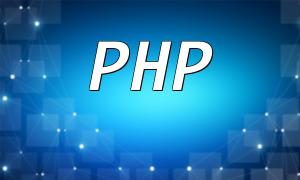Introduction
DevOps, as a modern software development and operations practice, significantly enhances development efficiency and delivery speed. For PHP developers, utilizing Azure DevOps for packaging and deployment is a crucial task. This article will provide a step-by-step guide on how to automate PHP program deployment and continuous integration with Azure DevOps.
1. Introduction to Azure DevOps
Azure DevOps is a comprehensive suite of tools provided by Microsoft to support the full lifecycle of software development, testing, and deployment. It allows version control, continuous integration (CI), continuous deployment (CD), and also supports code quality checks, project management, and much more. Key features of Azure DevOps include project management, code repositories, build and release pipelines, and automated deployments.
2. Creating an Azure DevOps Project
To get started with Azure DevOps, create a new project on the Azure DevOps platform. After logging in, click "Create New Project" to start a new project. Once the project is created, add a Git repository to store your PHP program code. You can then push your program code into this repository.
3. Configuring Azure Pipeline
Azure Pipeline is a powerful tool in Azure DevOps for automating build and deployment processes. With Azure Pipeline, you can define the workflow using YAML files that include build commands, test commands, and deployment instructions.
Create a file named azure-pipelines.yaml in your project repository and add the following content:
trigger:
branches:
exclude:
- '*'
pool:
vmImage: 'ubuntu-latest'
steps:
- script: |
curl -sS https://getcomposer.org/installer | php
mv composer.phar /usr/local/bin/composer
displayName: 'Install Composer'
- task: ComposerInstaller@0
inputs:
workingDirectory: '$(Build.SourcesDirectory)'
composerJsonPath: 'composer.json'
- task: ArchiveFiles@2
inputs:
rootFolderOrFile: '$(Build.SourcesDirectory)'
includeRootFolder: false
archiveFile: '$(Build.ArtifactStagingDirectory)/$(Build.BuildId).zip'
replaceExistingArchive: true
- task: PublishBuildArtifacts@1
inputs:
PathtoPublish: '$(Build.ArtifactStagingDirectory)'
ArtifactName: 'drop'
publishLocation: 'Container'
- script: |
cd $(System.DefaultWorkingDirectory)
unzip $(Build.ArtifactStagingDirectory)/$(Build.BuildId).zip -d $(System.DefaultWorkingDirectory)/$(Build.BuildId)
displayName: 'Extract Artifacts'
- script: |
cd $(System.DefaultWorkingDirectory)/$(Build.BuildId)
php -r "echo 'Hello, DevOps!';"
displayName: 'Run PHP Script'
This Pipeline will perform the following steps:
- Install Composer
- Install PHP project dependencies
- Package the project code into a zip file and publish it as build artifacts
- Extract the zip file and perform further processing
- Run a PHP script for testing
4. Configuring Azure DevOps Agent
Azure DevOps Agent is the program responsible for executing build and deployment tasks on a local machine or cloud virtual machine. To use it, you need to install the agent on your server and register it with your Azure DevOps project. First, create a new Agent Pool in your Azure DevOps project and retrieve the pool's URL and authentication token.
Once the agent is installed, follow the official documentation to complete the installation by entering the necessary details (Agent Pool URL and authentication token). After installation, update the azure-pipelines.yaml file to specify the agent pool for pipeline execution:
pool:
name: 'YourAgentPool'
5. Running the Deployment Pipeline
To run the pipeline, go to the "Pipelines" section in your Azure DevOps project, click on "New Pipeline," and select your Git repository. Then, specify the `azure-pipelines.yaml` file you created earlier. Click "Save and Run" to execute the pipeline. Azure DevOps will automatically perform the build and deployment tasks based on the steps defined in the YAML file.
6. Conclusion
With Azure DevOps, you can easily automate the packaging and deployment of PHP programs. By configuring Azure Pipeline and using Azure DevOps Agent for task execution, you can implement a fully automated and efficient DevOps process for your PHP projects. We hope that the examples and steps provided in this article help you successfully implement DevOps for PHP program deployment, boosting your development and operations efficiency.









